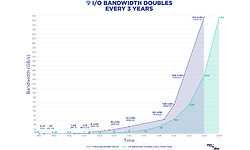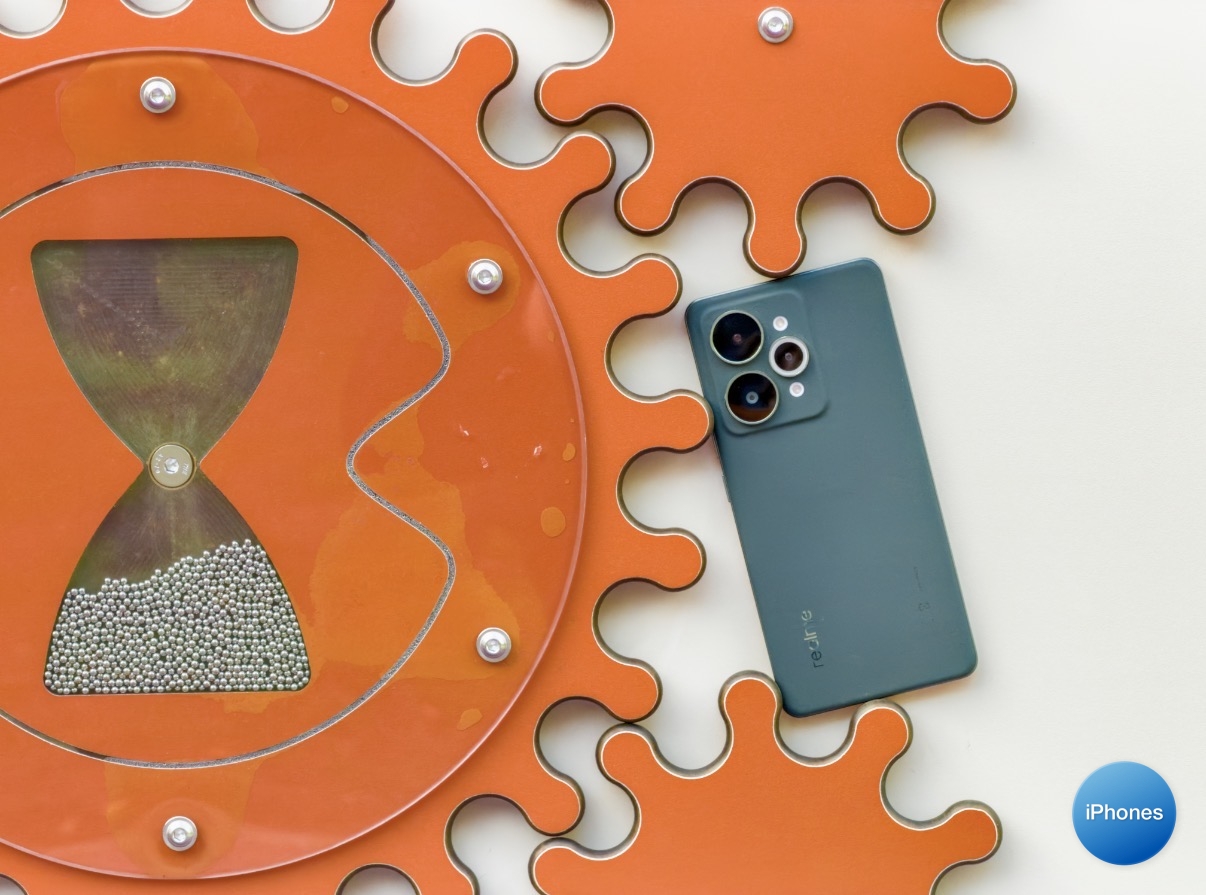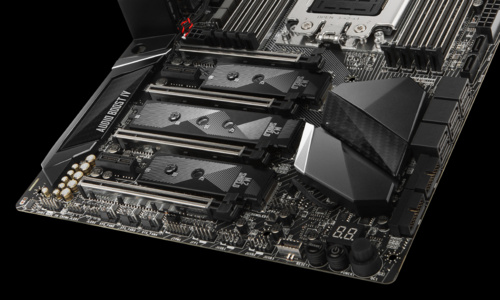Although pcie 5.0 is not used much at the moment, the Peripheral Component Interconnect Special Interest Group adopted version 6.0 earlier this year. In honor of its thirtieth anniversary, PCI-SIG has now also introduced PCIe 7.0, which should once again double the speed.
For example, the latest variant should offer a data rate of 128 GT/s or 512 GB/s over an x16 lane. But in practice this full speed cannot be achieved, due, among other things, to the overhead of coding. The pcie 7.0 interface continues to use 1b/1b flit mode encoding and PAM4 signaling. They were introduced with pcie 6.0 and offer a significant improvement over the 128b/130b encoding and NRZ signaling used with pcie 3, 4 and 5.



To achieve these speeds, motherboard manufacturers will need to use more and better components, which will lead to higher prices. On the other hand, expansion cards can use fewer lanes without losing speed – like four PCIe 7.0 lanes compared to PCIe 6.0 x8.
The latest PCIe specification is scheduled for 2025, but the first compatible devices aren’t expected until 2028.
Source: Tom’s Hardware
Source: Hardware Info













